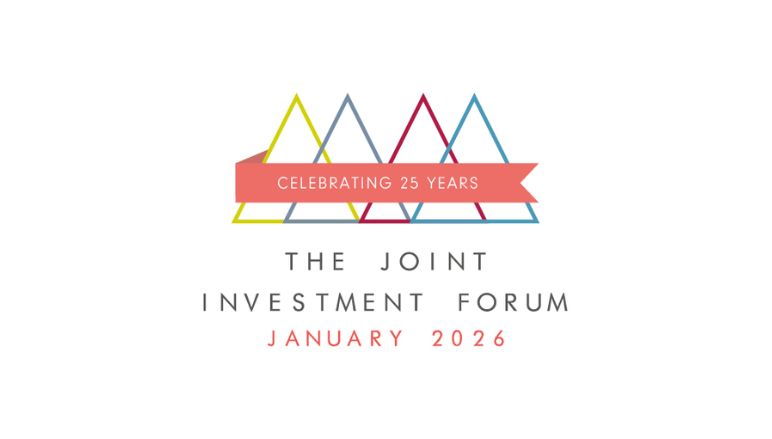Inflation data is mixed and unpredictable. Could it still be a threat even as central banks cut rates?
- US Core inflation came in hotter than expected for August
- Broader inflation trended lower, falling from an annual rate of 2.9% to 2.5%
- The US election bring looming inflationary threats
Amid all this chat about rate cuts, investors would be forgiven for assuming that inflation is firmly in retreat. The latest round of inflation data called that assumption into question, showing that there are still pressure points. Should investors still be worried about inflation?
US core inflation, which excludes volatile energy and food prices, came in hotter than expected for August, rising 0.3% month on month, above expectations of 0.2%. Broader inflation trended lower, falling from an annual rate of 2.9% to 2.5%. However, this may be enough to spook the Federal Reserve into limiting its rate cut to 25bps, rather than the 50bps hoped for by the market.
In the longer-term, there are those who argue that inflationary pressures remain. Deglobalisation is likely to push up prices, as companies relocate manufacturing away from cheap manufacturing centres to closer but more expensive areas. Curbs on immigration could push up wage costs. At the same time there is still significant stimulus coming through from the various US fiscal packages – the Inflation Reduction Act, Chips and Science Act and Infrastructure Investment and Jobs Act.
This does not take account of the potential Trump effect. With plans to slap tariffs on imports from China, Mexico and any other country that doesn’t find favour, ordinary Americans may find the prices for everyday household goods rising. Further tax cuts could also prove inflationary. It is not entirely a Republican problem – it is also possible that Kamala Harris brings her own brand of inflationary pressures.
Many of these problems are unique to the US, and the UK and Europe appear to have fewer pressures. Kantar recently reported that grocery inflation was edging lower again, which may compensate to some extent for rising energy bills. In the Eurozone, if anything, the pressure may be the other way – as a recent Politico article pointed out: “Manufacturing is in reverse, while the expected rebound in consumer spending is slow to materialize: household consumption contracted again in the second quarter by 0.1 percent.”
However, even in Europe, a report next week is expected to confirm that it won’t return to target until late next year. At the very least, this is a world where inflation is more unpredictable. This is going to be complex for central bankers to navigate and will create volatility in the cost of borrowing for companies and businesses. Assuming that interest rates may be on a longer path downwards may prove optimistic.


















